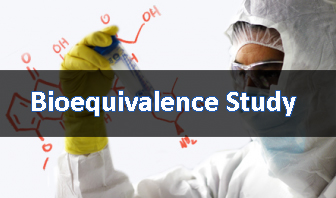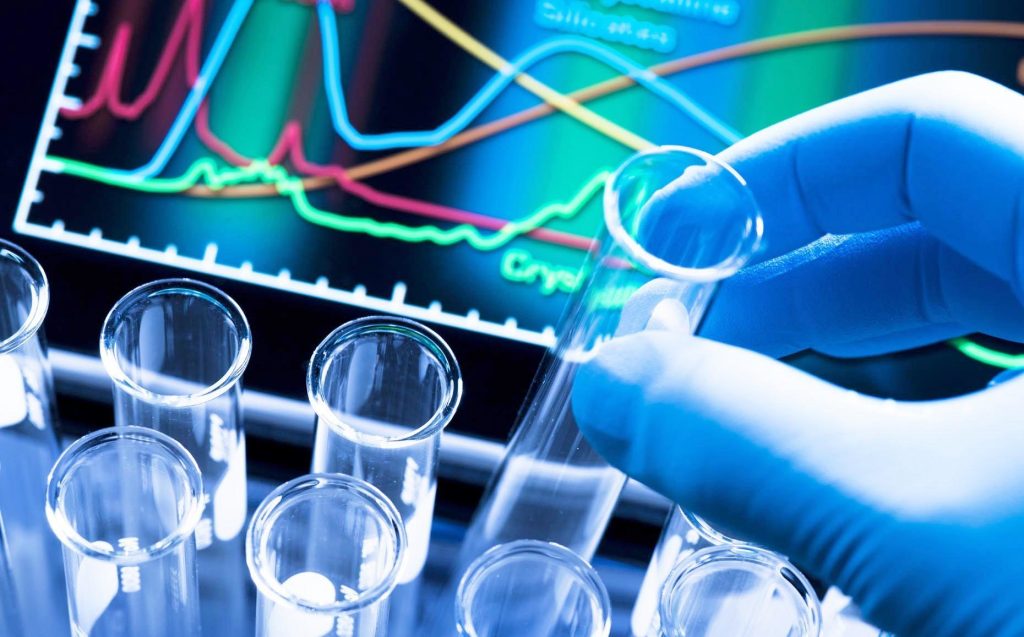A bioequivalence study is more important for the pharmaceutical industry to make sure that generic drugs are up to the quality and form their path to the market being well-timed. Across two-thirds of clinical research undertaken worldwide are to regulate bioequivalence. Hence, differences in the guidelines that govern such studies have huge ramifications on those working in the drug development field.

It is being accepted across the industry that a specific bioequivalence study should be involved earlier within the development process, but still, there is a shortage of guidance and information on how this can be acquired. The United States Food and Drugs Administration (FDA) just released new pharmaceutical industry counseling on the bioequivalence suggestions for specific products which report how the company will make information on how to plan specific bioequivalence studies available to public members.
Streamline Process

Formerly bodies who wanted to carry out bioequivalence studies need to contact the FDA for the particular guidance and wait for a reply which was time-consuming. In the instruction, the company said that putting this information on the internet will streamline the guidance method, making it more structured than the former process. General instruction on bioequivalence studies has been accessible to the pharmaceutical industry from the year 2000.
The difference will help pharmaceutical industrial members to fill out abbreviated new drug applications (ANDA), who are needed to prove that their product is bioequivalent to the reference listed drug. Although, the FDA also not be needed to publish information on a particular bioequivalence study before accepting ANDAs. In the modern years, the FDA has been focusing on streamlining the method for receiving generic drugs to market, publishing the Critical Path Chances for Generic Drugs in 2007.
The report detected many issues connected with bioequivalence studies involving the issues with bioequivalence studies for drugs that cannot be evaluated depending on blood plasma levels, such as nasal sprays, asthma inhalers and topical skin applications.
European Instruction for the Pharmaceutical Industry

Further instruction has also been problematic for pharmaceutical industries operating within Europe by the European Medicines Agency (EMEA). Particular guidelines connected with bioequivalence examination were issued in late January 2009 that made requirements for the conduct, design and assessment of such studies. Click on learn more to get more information. Although, the problem of creating bioequivalence studies for drugs that cannot be examined using generic blood plasma concentrations was not addressed.
The essential guidelines for the pharmaceutical industry addressed the nature and figure of test subjects, necessary doses, choice of the reference product and the standardization of the test conditions and the subjects. Below the instructions, there is a necessity for bio-analytical techniques to be verified and instruction for when cross-validation or incomplete validation could be used as a substitute to complete analytical validation.
Incomplete validation will be accepted when minute changes are made to an analytical process that has already been validated. This can involve the movement of the research to another laboratory or a change of appliance. Cross-validation will take place when data is acquired from separate research sites and should be carried out before the analysis process.